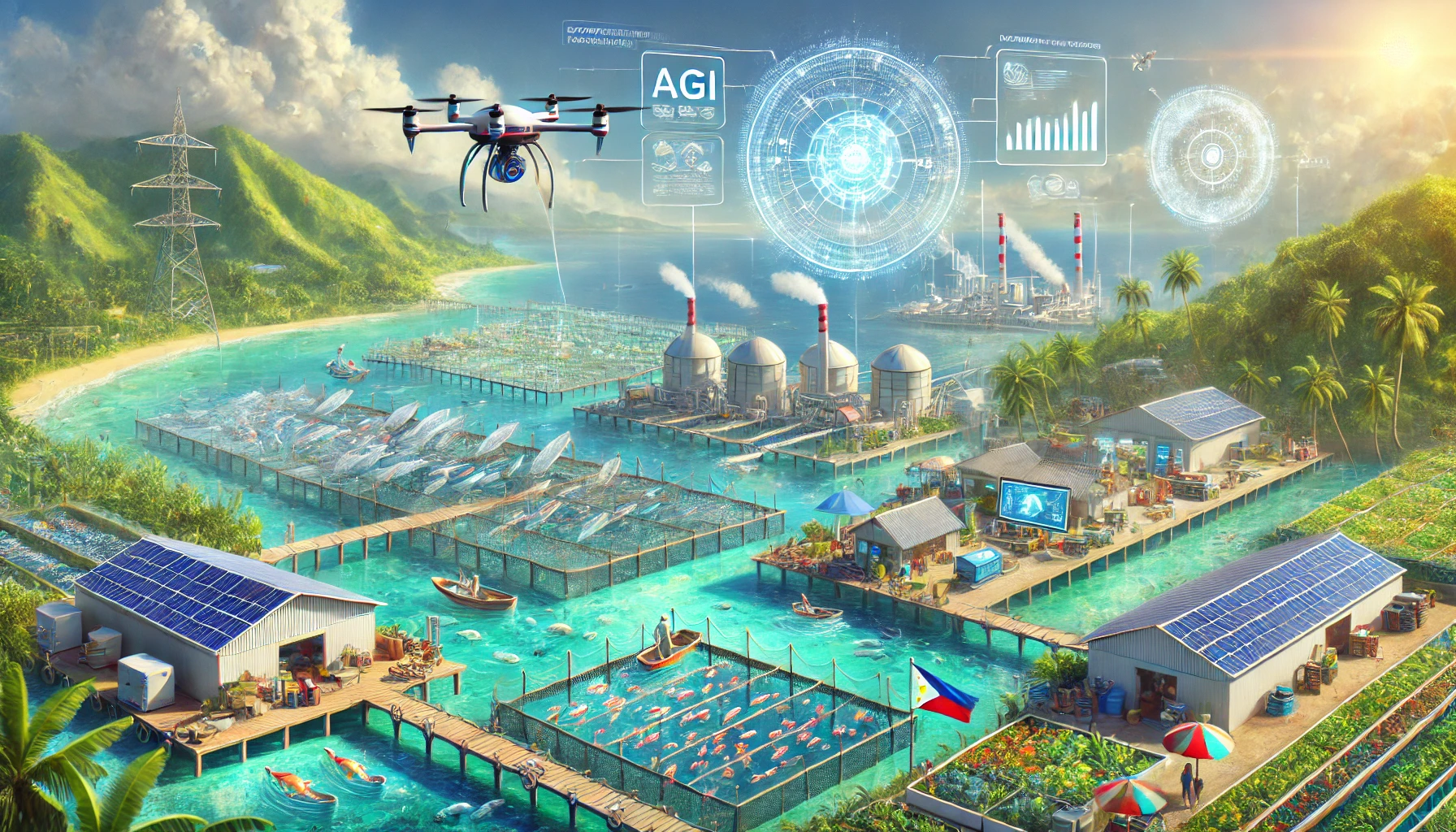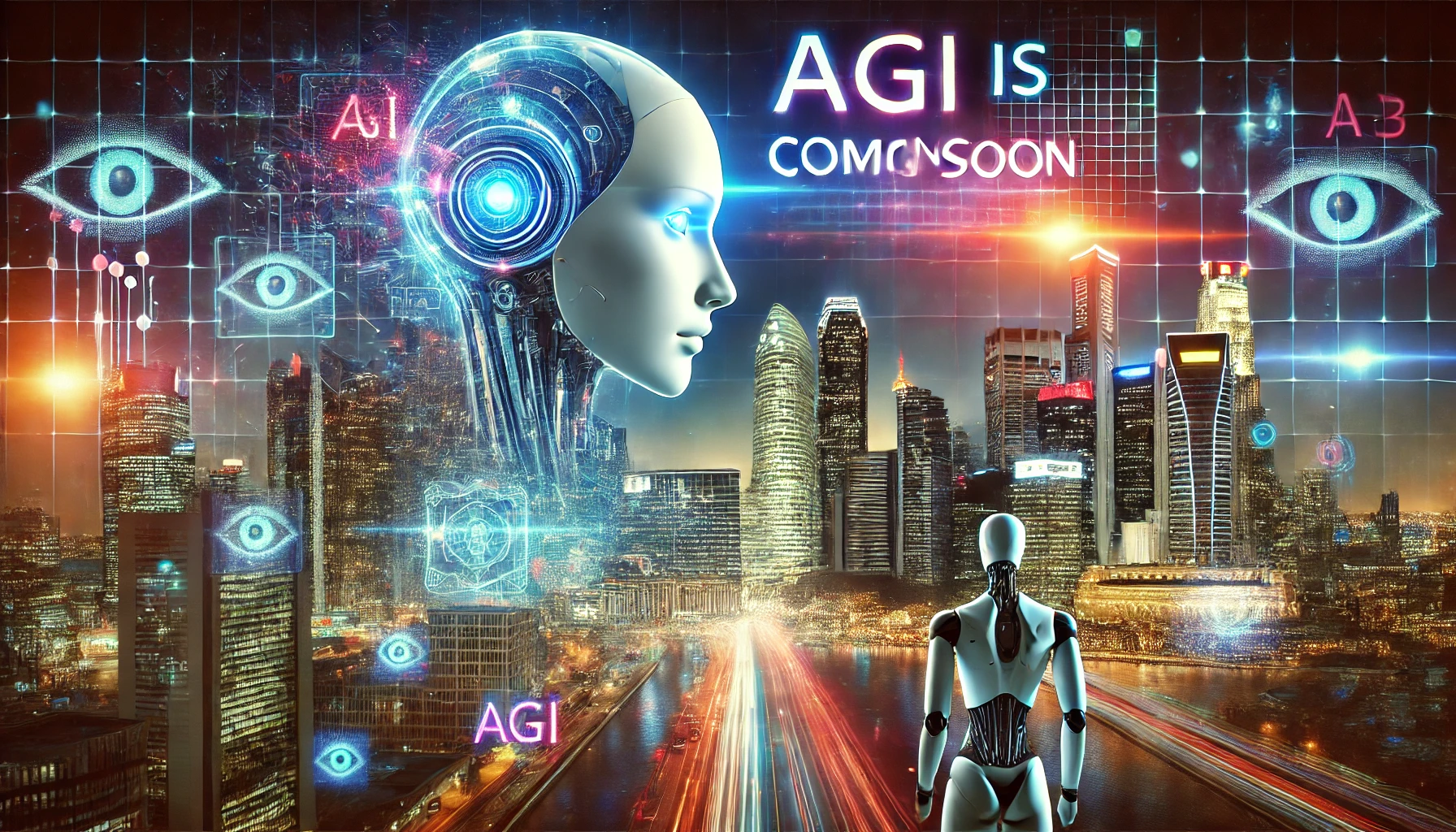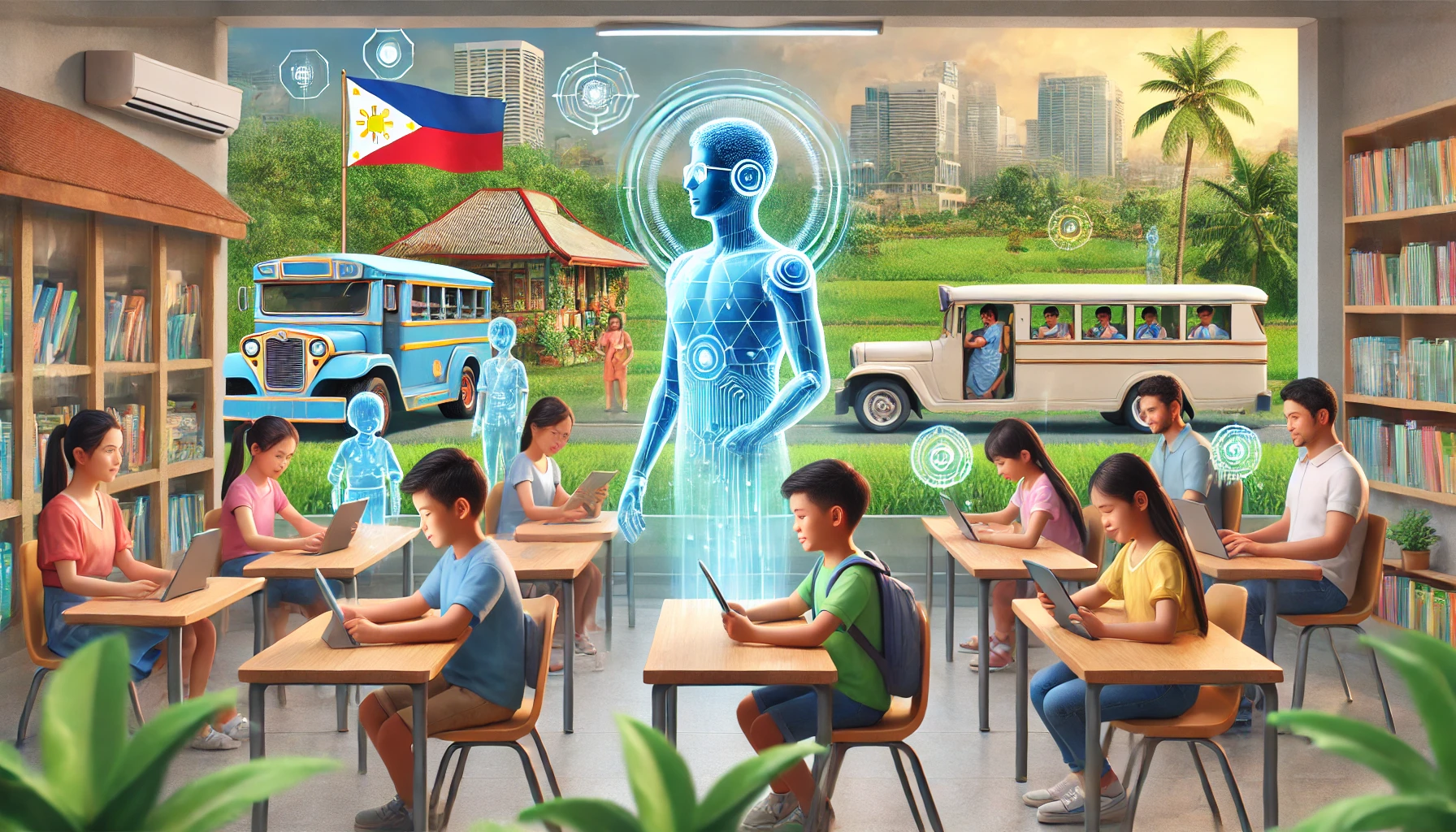1. Advanced Monitoring and Surveillance Systems
- Marine Environment Monitoring: AGI can analyze real-time data from IoT devices, satellites, and underwater drones to monitor water quality, temperature, salinity, and pollution levels, ensuring optimal aquatic conditions.
- Illegal Fishing Detection: Using AI-enabled drones and satellites, AGI can identify illegal fishing activities, enforce maritime laws, and enhance marine biodiversity protection.
- Fish Behavior Analysis: AGI can process vast amounts of video and sensor data to detect fish health and behavior, identifying disease outbreaks early.
2. Optimized Aquaculture Operations
- Smart Feeding Systems: AGI can optimize feeding schedules and quantities based on species, size, and real-time growth data, reducing waste and improving growth rates.
- Predictive Maintenance: By analyzing equipment data, AGI can predict and prevent failures in nets, pumps, and other aquaculture machinery.
- Automated Farming: Robots guided by AGI can automate tasks like fish harvesting, cleaning tanks, or planting seaweed, increasing efficiency.
3. Sustainable Resource Management
- Stock Assessment: AGI can model fish population dynamics, ensuring sustainable harvest levels and preventing overfishing.
- Climate Adaptation: It can forecast climate impacts on fisheries and aquaculture, advising stakeholders on adaptive strategies to mitigate risks.
- Ecosystem Restoration: AGI can guide coral reef rehabilitation and mangrove restoration projects by analyzing ecological data for targeted interventions.
4. Market Intelligence and Supply Chain Optimization
- Demand Forecasting: AGI can analyze market trends, weather patterns, and global demand to help fishermen and aquaculture businesses plan their harvest schedules.
- Traceability Systems: Blockchain integrated with AGI can track the entire supply chain, ensuring transparency and boosting consumer confidence in sustainability claims.
- Pricing Optimization: By analyzing market data, AGI can suggest optimal pricing strategies to maximize profits for local fishermen.
5. Education and Capacity Building
- Skill Training: AGI-powered platforms can offer interactive training programs for fisherfolk and aquaculture workers, teaching sustainable practices and technology usage.
- Community Engagement: AGI can enable localized solutions tailored to specific communities, bridging knowledge gaps and promoting inclusive growth.
6. Policy and Regulatory Support
- Data-Driven Policymaking: AGI can provide insights from big data to inform regulations and zoning for fisheries and aquaculture.
- Real-Time Compliance Monitoring: Automated systems can monitor adherence to environmental and safety regulations, reducing manual oversight.
Potential Challenges and Solutions:
- Infrastructure Limitations: Deploy affordable IoT devices and leverage community networks.
- Data Privacy: Ensure robust cybersecurity and data governance protocols.
- Resistance to Technology: Conduct outreach and education to build trust among stakeholders.
Conclusion
With its ability to process complex datasets, adapt to new scenarios, and create predictive models, AGI offers an unprecedented opportunity to enhance productivity, sustainability, and profitability in the Philippine fisheries and aquaculture sector. Collaboration among governments, private sectors, and local communities will be critical to realizing this vision.
[SEO optimized]


